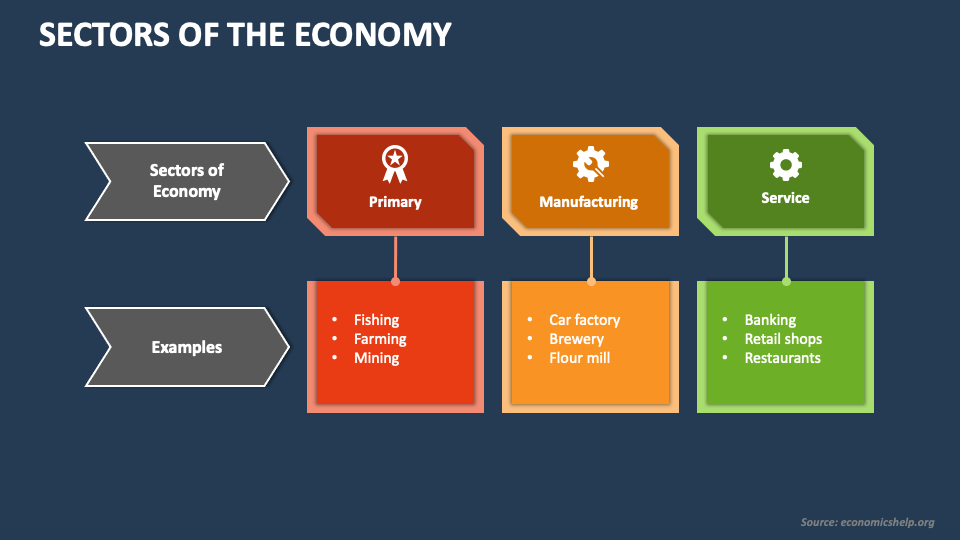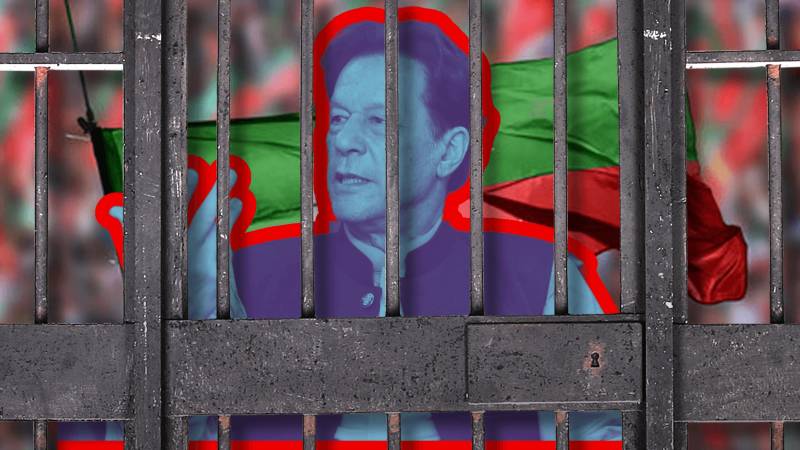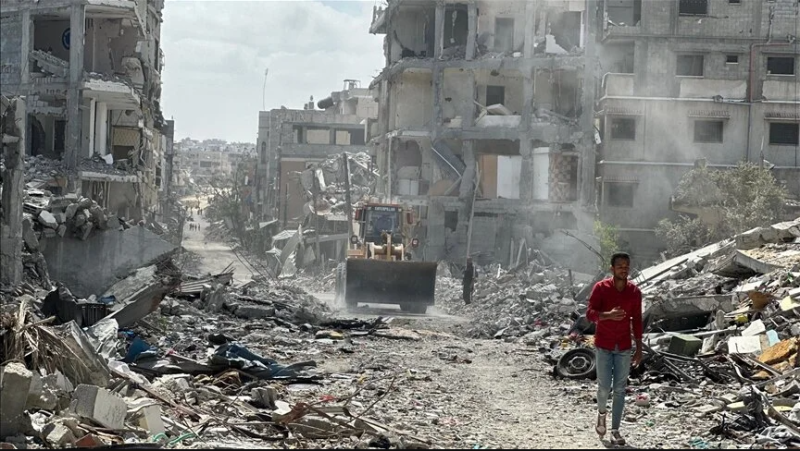Zafar Iqbal
Pakistan’s economy, long grappling with balance-of-payment crises and dwindling foreign exchange reserves, has recently witnessed a significant shift in its financial landscape. One of the most noteworthy developments was the record-breaking $4 billion in remittance inflows during March 2025. If this momentum sustains through the rest of the year, annual remittances could touch an unprecedented $38 billion. This projection significantly outpaces export earnings, currently standing at $21.82 billion for the July–February period, compared to remittances of $23.96 billion during the same timeframe, according to the latest Finance Division monthly update.
This growing gap between remittance inflows and export revenues has become a focal point of economic discussions, raising critical questions about the sustainability of such trends. The March spike in remittances, while impressive, may not entirely reflect a stable long-term pattern. Two contributing factors help explain the surge. First, March coincided with the holy month of Ramazan, a period traditionally marked by heightened financial support from the Pakistani diaspora to their families back home. Second, border closures with Afghanistan and Iran throughout much of the month likely reduced informal currency outflows, effectively diverting funds into formal remittance channels. These temporary conditions may have amplified the inflow figures, suggesting that future months could see a normalization of these numbers.
Still, the widening remittance-to-export gap signals an opportunity for the State Bank of Pakistan (SBP) and the federal government to reassess their strategic priorities. There is an increasing need to bolster the mechanisms that facilitate and incentivize remittance inflows. A comprehensive cost-benefit analysis should be conducted to compare the returns on incentives offered to remitters versus exporters. The export sector, while essential for long-term economic sustainability, faces persistent structural challenges such as high production costs, limited value addition, and global market volatility. In contrast, remittances have proven to be a relatively resilient and immediate source of foreign exchange.
On the inflation front, the SBP Governor recently expressed satisfaction with the nation’s economic trajectory, particularly highlighting a modest inflation rate of 0.7% last month. However, the optimism was cautiously tempered in the Monetary Policy Committee’s (MPC) statement issued on March 10, 2025. The committee acknowledged multiple risks that could destabilize this trend, including volatile food prices, pending energy price adjustments, new taxation measures, protectionist policies in global markets, and uncertainty in international commodity prices. While the central bank forecasts inflation to stabilize between 5% and 7%, the range is still susceptible to both domestic and global economic shocks.
Another cornerstone of the governor’s argument was the improvement in foreign exchange reserves and the diminishing threat of default. While these are welcome developments, their durability hinges on Pakistan’s continued adherence to the International Monetary Fund (IMF) programme. The underlying structure of foreign reserves includes $16 billion in rollovers primarily from China, Saudi Arabia, and the UAE. These nations have made it abundantly clear that future extensions are contingent upon Pakistan remaining within a stringent IMF framework.
Furthermore, the IMF’s second review under the current programme stipulates several politically sensitive reforms. Among them is the long-pending commitment to tax the country’s powerful trader class—an initiative the government has yet to implement. Equally contentious is the new condition to begin taxing large-scale agricultural landholders, or “rich farmers,” starting in the fiscal year 2025–2026. These reforms are crucial for fiscal sustainability but face strong resistance from entrenched interest groups, making their implementation uncertain.
Investor confidence, another metric cited by the SBP Governor as a sign of economic recovery, also demands scrutiny. While internal surveys reportedly show improved sentiment among businesses and consumers, this optimism is not yet mirrored in broader economic indicators. For instance, Large-Scale Manufacturing (LSM) continues to contract, recording a 1.9% decline in the first half of fiscal year 2024–2025. Although positive growth was observed in sub-sectors such as textiles, pharmaceuticals, automobiles, and petroleum products, the overall negative trend has persisted since 2022.
Curiously absent from the central bank’s narrative is an estimation of the lag time between improved consumer/business confidence and its actual impact on industrial production. Without clarity on this, it is difficult to assess whether the current trajectory is a precursor to genuine recovery or merely a temporary deviation from a deeper systemic malaise.
The SBP Governor concluded his assessment by asserting that macroeconomic stability has been achieved. This sentiment is echoed by cabinet members and certain stakeholders, particularly those benefiting from the current market conditions—wholesalers, retailers, and others who operate outside the economic margins. However, for the average citizen, the situation paints a starkly different picture.
Despite a decline in headline inflation, the vast majority of Pakistanis continue to struggle with stagnant wages and limited employment opportunities. Private-sector salary growth has essentially been frozen due to the ongoing economic strain, a constraint not felt by public sector employees whose incomes are secured by the state budget. The World Bank recently reported that 42% of Pakistan’s population now lives below the poverty line, underscoring the disconnect between macroeconomic indicators and the lived experience of most citizens.
True macroeconomic stability must be inclusive and sustainable. Without policies that address the growing wealth divide and ensure that the benefits of stabilization reach all strata of society, Pakistan risks breeding deeper socioeconomic unrest. This is particularly concerning in a nation where the political climate remains fragile, and public trust in institutions is tenuous.
In summary, while the surge in remittance inflows and reduced inflation offer a glimmer of hope, they rest on fragile foundations. Their sustainability is tied closely to external support, especially from the IMF, and to structural reforms that remain largely unfulfilled. The government must act decisively to implement inclusive economic policies, diversify its foreign exchange sources, and align fiscal priorities with long-term developmental goals. Failure to do so risks undermining not just recent gains, but the very foundation of macroeconomic stability.
















